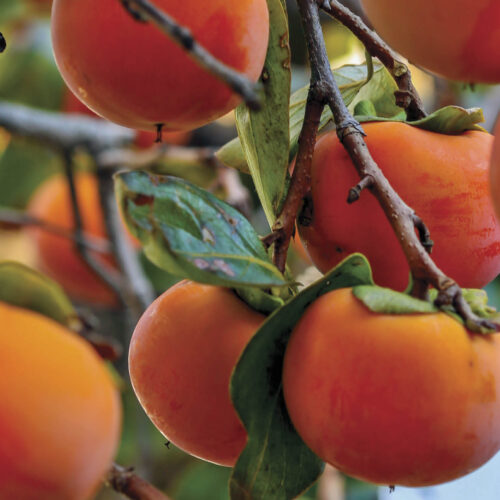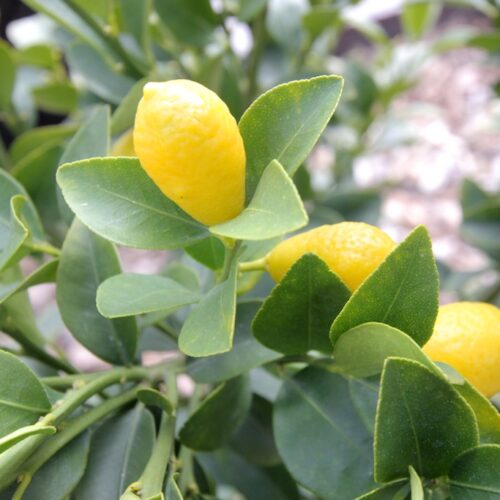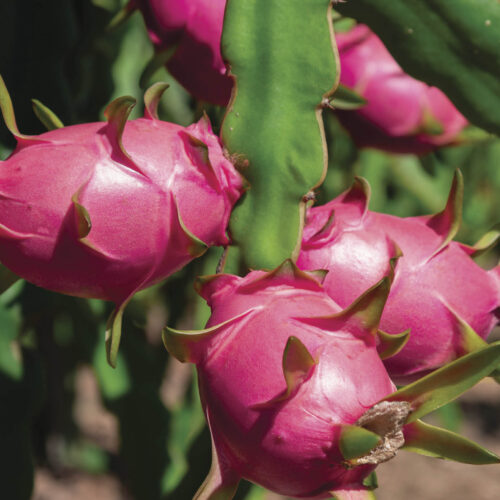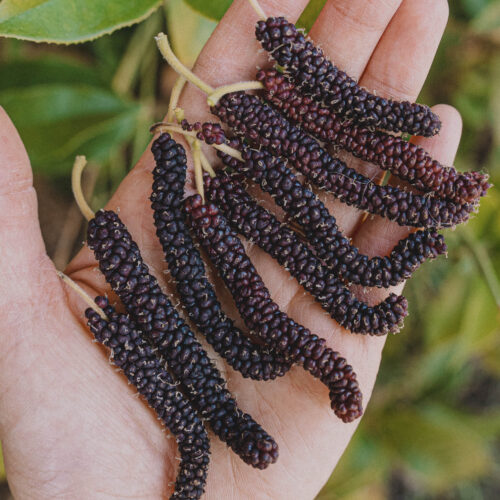Growing Organic Mangoes
2012-10-17T04:10:06+11:00
If you love mango, then brace yourself for a bumper crop this year. PHIL DUDMAN explains why ‘this could be the year’ and shares his tips for planting and growing organic mangoes in small backyards.
Mangoes are a funny crop. Where I live in Northern NSW, we’re lucky to get a return most years, while in other years, everybody has so many mangoes, we can’t seem give them away. We had one of those seasons a couple of years ago. Wherever you looked… millions of mangoes… the king of all fruits… were dropping to the ground where they we’re sadly left to rot. Things had become so bad in Brisbane that the council had to send out trucks to help clean them up and take them all to the tip. What a waste! In the following year, the mango season passed almost unnoticed, because you were flat out finding a fruit on anybody’s tree.
So what cause this on again off again dilemma with mangoes? It all comes down to the weather. When conditions are dry in spring, mangoes set plenty of fruit. If the weather stays dry right up until harvest time, then well-established trees will hang on to a high percentage of that fruit. On the other hand, when we get a wet spring, the continuous moisture on the flowers gives rise to the debilitating anthractnose disease which destroys the flowers. If any fruit does set, and conditions remain wet, then these fruit will also be seriously affected by the disease, causing the fruit to fall prematurely.
While the recent dry weather in my area has caused stress to most things garden, things are looking pretty good so far for this year’s mango harvest. At the moment, there are literally thousands of pea sized fruit that have formed… and if the weather remains dry, then I’d better get the deep freezer and dehydrator ready for action. Our tree is so big, we don’t bother watering it because the deep roots have access to moisture deep down in the soil, but if your tree is less than 10 years old, then it will pay to give the roots a god soak once a week in dry times, otherwise your tree may shed a lot of the developing fruit.
The sheer size of a mango tree often puts backyard gardeners off planting one, but if you are still giving it some thought, the good news is that there are a lot of popular varieties available grafted onto dwarf root stock. Remember too, mangoes respond well to hard pruning, so a bit of a chop here and there every year straight after harvest will keep any mango tree to a manageable size. It’s also a good idea to thin the branches to allow better airflow through the canopy. This helps to reduce problems with anthracnose disease.





